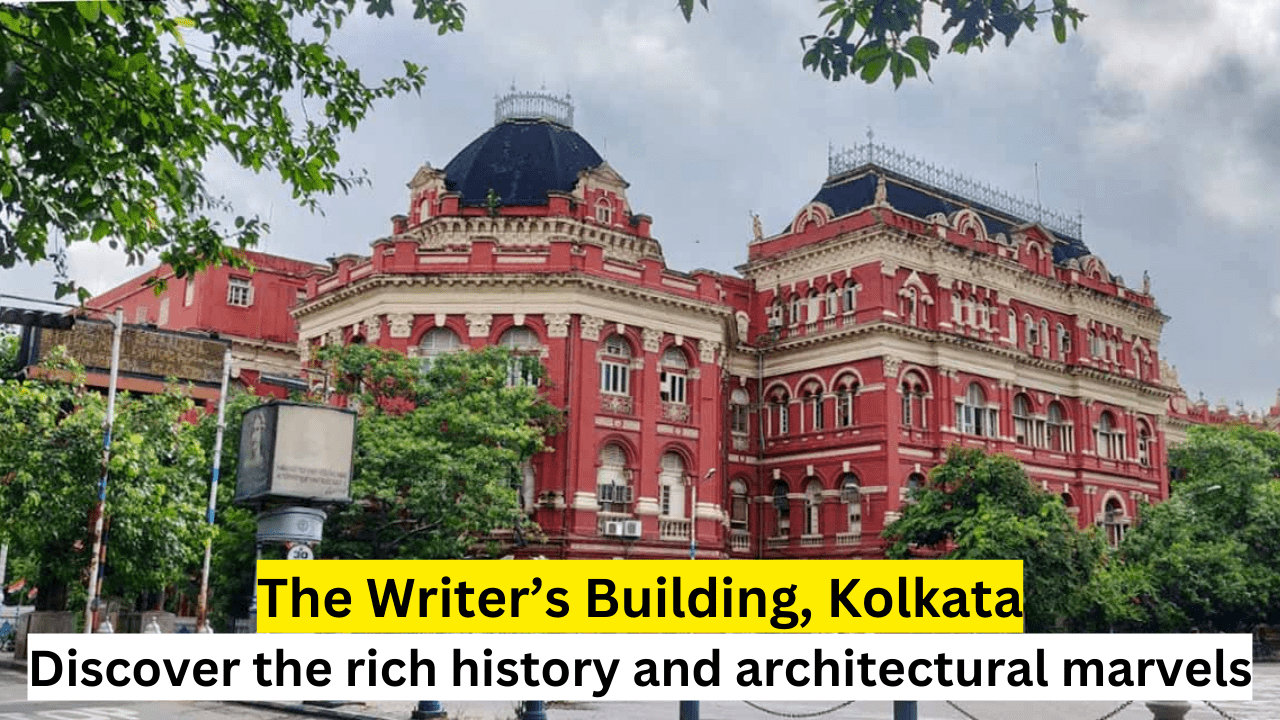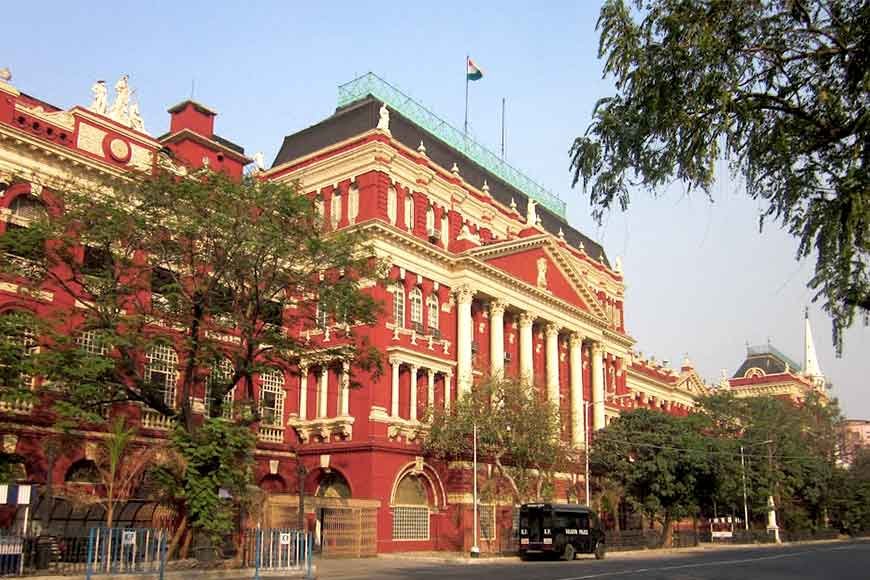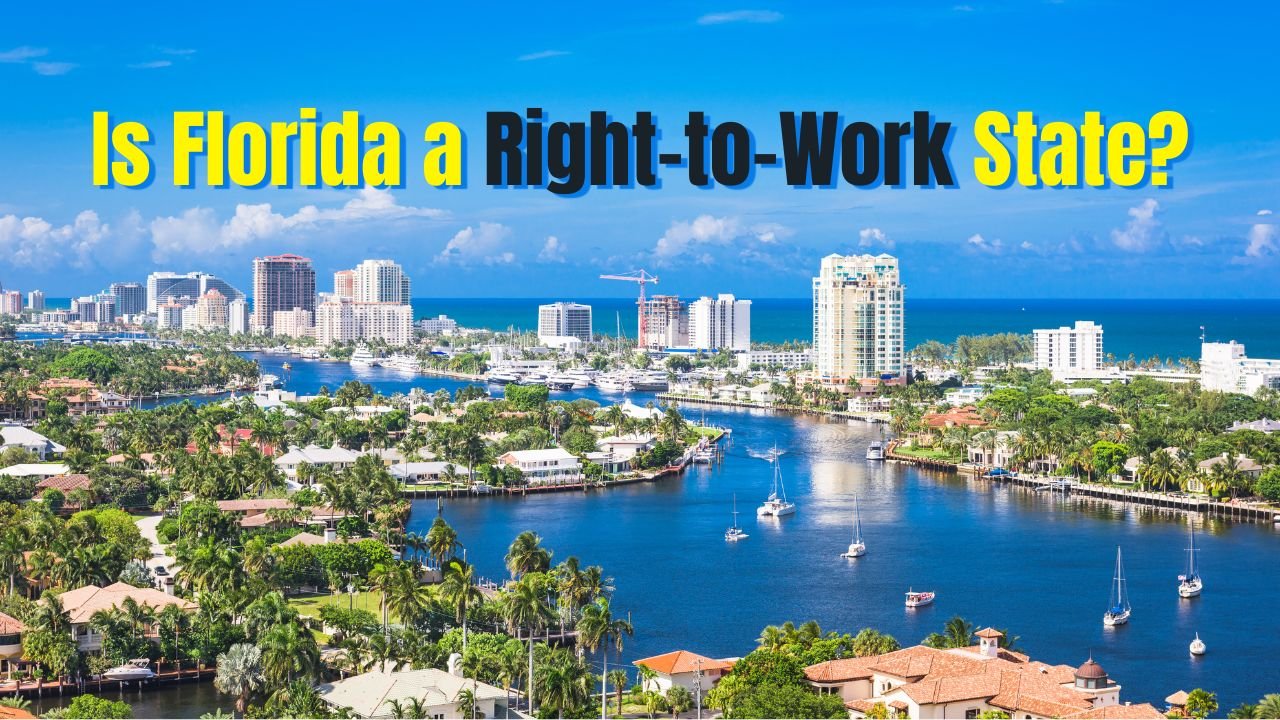Writers Building Kolkata 1777: A Historical Gem
Posted on : April 23, 2024 By Savan

Writers Building Kolkata
Introduction
The Writers’ Building, often simply referred to as Writers’, stands as an iconic secretariat building in Kolkata, West Bengal. Designed by architect Thomas Lyon in 1777, this grand edifice has witnessed centuries of administrative and political transformations. Let’s explore its story, from its inception to its present-day role.
Origins and Purpose
- Design and Construction: The Writers’ Building was Kolkata’s first three-story structure. Its main block, covering 37,850 square feet, was completed in 1780. It occupied one side of what was then known as Tank Square (now Dalhousie Square).
- East India Company (EIC): Initially, the building served as the principal administrative office for writers (junior clerks) of the British East India Company. These writers handled various administrative tasks related to trade and taxation.
- British Raj Headquarters: Over time, as British mercantile interests in India expanded, the Writers’ Building evolved into the effective headquarters of the EIC and later the entire British Raj in the Indian subcontinent.
Also read – Manjummel Boys: Echoes of Terror and Triumph in Guna Caves 2024
Historical Significance

- Bengal Presidency: For more than 200 years, the Writers’ Building stood at the center of British power in Bengal. It served as the seat of government for the Bengal Presidency and later the Province of Bengal.
- Indian Independence Movement: In the early 20th century, the building witnessed agitations, violence, and assassination attempts during the Indian independence movement. It emerged as a symbol of defiance against colonial domination.
- Post-Independence Era: Since India’s independence in 1947, the Writers’ Building has housed the state secretariat. It has been witness to turbulent politics, mob violence, and police actions. The building also became synonymous with the government of West Bengal, especially during the unbroken 34-year Left Front rule.
Architecture and Location
- Layout: Writers building kolkata spans a length of 150 meters and covers the entire northern stretch of the Lal Dighi (Red Lake) in historic B.B.D. Bagh.
- Architectural Style: Thomas Lyon’s design blends elements of Neo-Gothic and Indo-Saracenic styles. Its distinctive features include arched windows, ornate balconies, and a central clock tower.
- Current Role: Until October 2013, it housed the office of the Chief Minister of West Bengal, cabinet ministers, and other senior officials. However, a major restoration project was initiated, leading to the relocation of most government departments to the new Nabanna building in Howrah.
More about the architectural details
Let’s delve into the architectural details of the Writers building kolkata:
- Design and Layout:
- Writers building kolkata is an imposing structure with a Neo-Gothic and Indo-Saracenic architectural blend.
- Its main block spans a length of approximately 150 meters.
- The building stands on the northern side of the historic Lal Dighi (Red Lake) in B.B.D. Bagh (formerly Dalhousie Square).
- The central clock tower, ornate balconies, and arched windows contribute to its distinctive appearance.
- Facade and Ornamentation:
- The facade features intricate detailing, including decorative moldings, cornices, and pilasters.
- The arched windows are adorned with delicate tracery work.
- The central clock tower rises prominently, adding vertical emphasis to the building’s design.
- Materials and Construction:
- Writers building kolkata was constructed using brick, lime, and sandstone.
- The use of sandstone for the window frames and other decorative elements adds to its visual appeal.
- The building’s three stories were a departure from the prevailing single-story structures of its time.
- Interior Spaces:
- The interior layout reflects its historical purpose as an administrative hub.
- The Writers’ housed offices, chambers, and meeting rooms for government officials.
- Elaborate wooden staircases, high ceilings, and spacious corridors characterize the interior.
- Clock Tower:
- The central clock tower is a focal point of the building.
- It features a large clock face on each side, visible from afar.
- The tower’s design draws inspiration from European clock towers.
- Legacy and Restoration:
- Writers building kolkata has witnessed significant historical events, from colonial rule to the Indian independence movement.
- In recent years, restoration efforts have been undertaken to preserve its heritage.
- The ongoing renovation aims to maintain its architectural integrity while adapting it for modern administrative needs.
Remember, the Writers’ Building isn’t just an architectural marvel; it encapsulates the spirit of Kolkata’s past, present, and future. 🏛️🌆
What are some interesting anecdotes related to Writers’ Building?
Certainly! Writers building kolkata has a rich history, and several intriguing anecdotes are associated with this iconic structure:
- The Ghost of Writers’ Building:
- Over the years, many have claimed to witness paranormal activity within the Writers’ Building.
- Security guards and night watchmen often recount eerie experiences, such as hearing footsteps, mysterious whispers, and inexplicable cold drafts.
- Some believe that the building is haunted by the spirits of colonial-era officials or freedom fighters who once worked there.
- The Secret Tunnels:
- Legends speak of a network of underground tunnels beneath the Writers building kolkata.
- These tunnels supposedly connected it to other significant locations in Kolkata, including the Raj Bhavan (Governor’s House) and the St. John’s Church.
- While some claim that these tunnels were used for clandestine meetings or escape routes during emergencies, their existence remains shrouded in mystery.
- The Curious Case of the Missing Clock Hands:
- In the early 20th century, during the Swadeshi Movement, protesters targeted the Writers’ Building.
- In a symbolic act of defiance, they removed the clock hands from the central tower.
- The clock remained frozen at that moment until the hands were restored after India’s independence.
- The Red Room:
- Within the Writers building kolkata, there exists a room known as the Red Room.
- It was allegedly used for secret meetings and discussions during the British colonial era.
- The room’s walls are said to have witnessed intense debates, political intrigues, and decisions that shaped Bengal’s destiny.
- The Assassination Attempt on Lord Hardinge:
- In 1912, Lord Hardinge, the then Viceroy of India, visited Kolkata.
- As he exited the Writers’ Building, a bomb was thrown at his carriage.
- Fortunately, Lord Hardinge survived, but the incident left an indelible mark on the building’s history.
- The Writers building kolkata as a Literary Hub:
- Despite its administrative role, the Writers’ Building fostered literary and intellectual pursuits.
- Writers, poets, and thinkers frequented its corridors, discussing literature, politics, and social reform.
- The building’s name itself reflects its association with the literary profession.
Remember, the Writers building kolkata isn’t just a physical structure; it embodies tales of courage, intrigue, and resilience that continue to captivate our imagination. 🏛️✨
Conclusion
The Writers’ Building remains a testament to Kolkata’s rich history, political struggles, and architectural heritage. As of October 2020, the ongoing renovation work ensures that this historic gem continues to stand tall, preserving its legacy for generations to come123.
!Writers’ Building Image: Writers’ Building, Kolkata
Remember, the Writers building kolkata isn’t just bricks and mortar; it embodies the spirit of a city that has witnessed countless narratives unfold within its walls.
Share this articlePosted on : April 23, 2024 By Savan
Join Our Club

"Stay Informed, Stay Ahead – Join Our Club Today!"



















